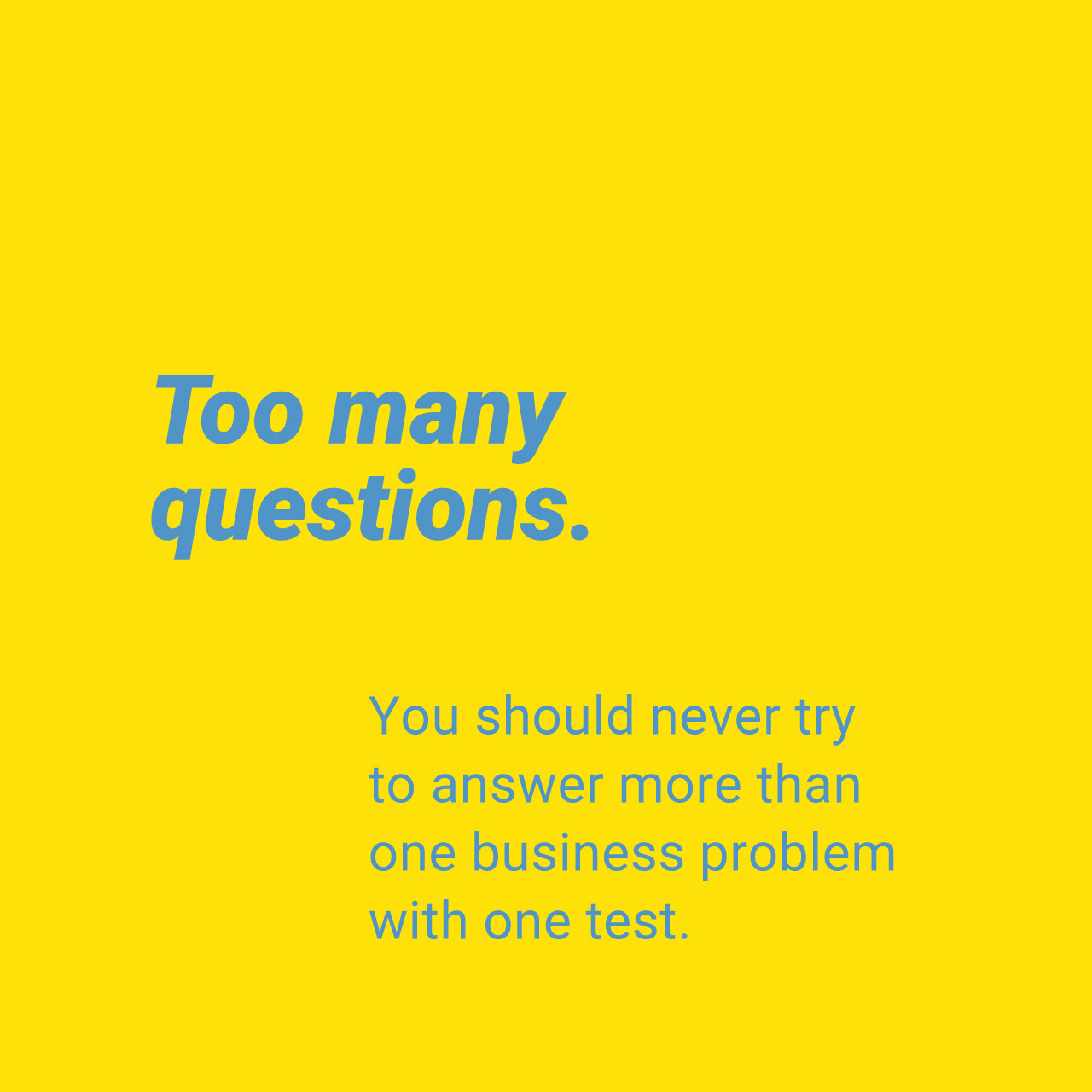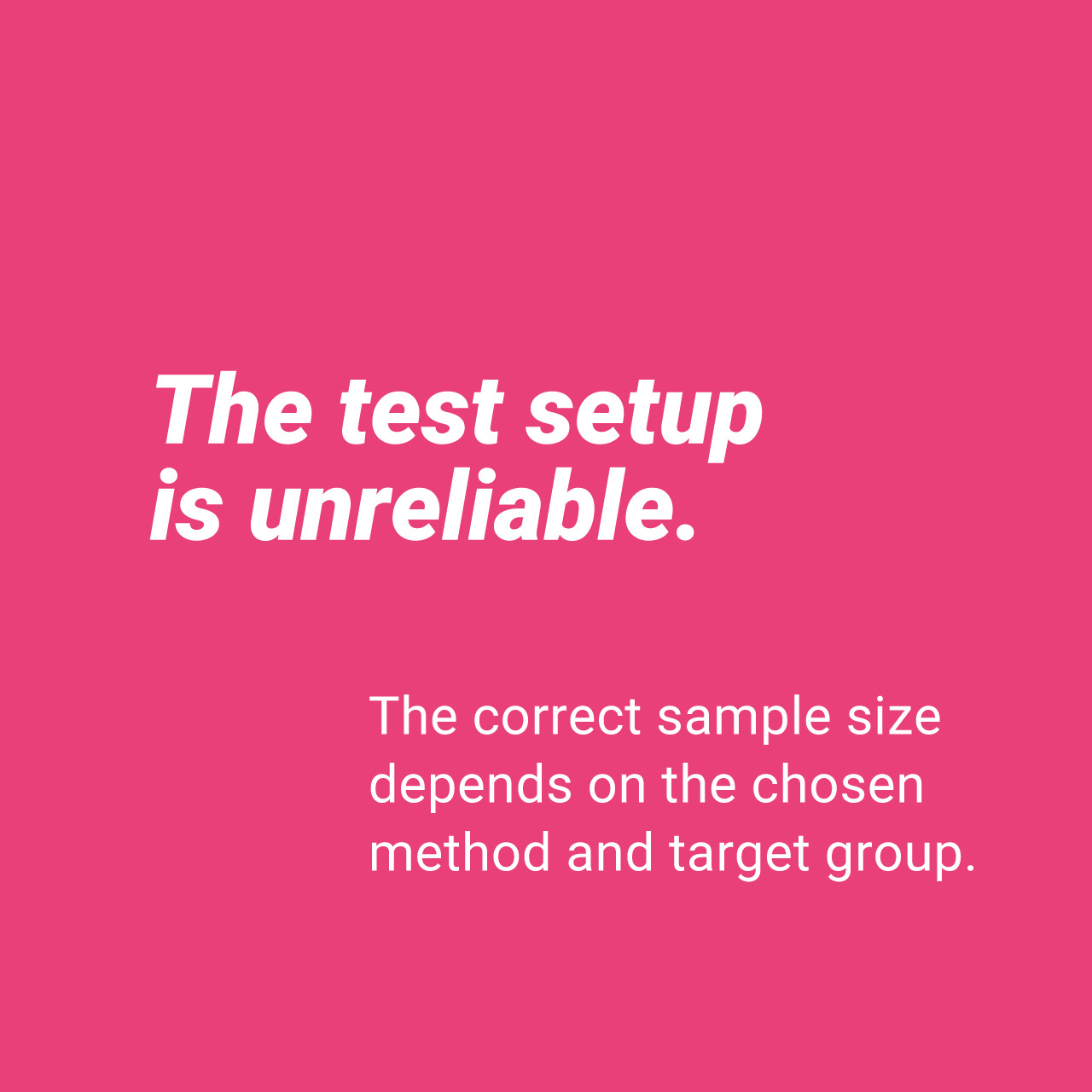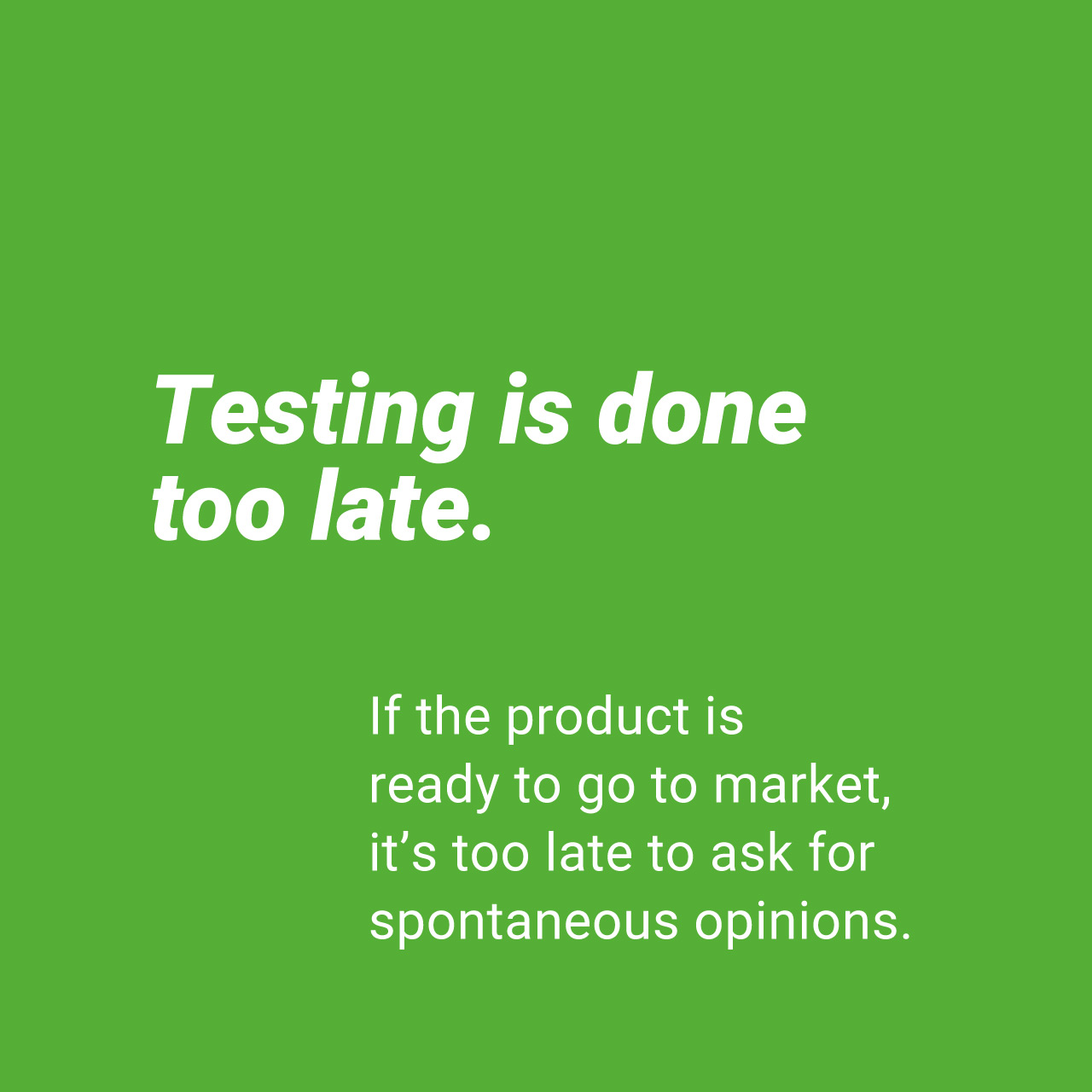How to avoid the most common mistakes in concept testing
Cambri

Concept testing is a fast and effective way to get consumer insight and make evidence-based business decisions. However, the value of testing is dependent on the quality of the test itself. Cambri’s Head of Research, Dr. Outi Somervuori, explains how you can avoid the most common mistakes in your concept tests.
Consumer behaviour can be extremely hard to guess. Digital concept testing is one of the fastest ways to get the necessary consumer insight to help a company make an important business decision. Timing is everything when it comes to running successful concept tests. “Ideas should be tested at such an early phase that it feels even a bit daring to throw them out there,” says Dr. Outi Somervuori, Cambri’s Head of Research. She thinks that the main idea of concept testing should be to learn – not just validate existing ideas. “Tests can of course be used for validation too but more value is created if ideas are tested early on.”
Throughout her long career in consumer research, Dr. Somervuori has helped several companies understand consumer behaviour. She has noticed that even when companies believe they know their customers well, surprises do pop up. This is why Somervuori recommends insight over intuition. “Intuition can be unreliable. It is very hard to guess what consumers unlike yourself are looking for”.
Mistakes to avoid when running a concept test
Somervuori and her team have witnessed several concept testing processes and recognized some common mistakes. Avoiding these mistakes will help you craft tests that deliver reliable and highly useful insight to support your decision-making.
 |
 |
 |
- Testing is done too late. If the product is ready to go to market, it’s too late to ask for spontaneous opinions. At that point, research becomes merely a test with a yes or no answer. It does not feed anything new into the process. That is why testing should be a part of the beginning of an innovation process rather than a task to do complete before the launch.
- The objectives of the product launch are not clear. Testing is easy and useful when you have a set of objectives that you are trying to achieve with your product. For example, are you trying to reach a completely new audience, communicate a new brand or replace another product in the market? When the objectives are clear, the results will be valuable.
- Too many questions. You should never try to answer more than one business problem with one test. It’s better to do several tests for different business objectives than to try to cram too much information into a single test.
- Wrong methods. If you don’t choose the methods according to the business problem you are trying to solve, you might end up with results that won’t help you reach a decision. It’s good to always be clear on the objectives before deciding on the methodology. Usually, insights experts are very skilled at different methods so definitely ask for their help when deciding what kind of test to run.
- The test setup is unreliable. Reliability can suffer from a too-small sample size. The correct sample size depends on the chosen method and target group. You should also pay attention to the formulation of the questions. It’s a good idea to ask insight and research experts to help you write the questions to make sure you are not leading the respondent to respond in a biased way.
- KPIs are missing. Concept tests should provide evidence on how the product will succeed against a set of chosen key performance indicators. The KPIs can be anything from purchase intent to attractiveness or uniqueness. When you have clear KPIs you will be able to see what works and which qualities should be further developed.
Cambri’s market research tool offers advanced research methods to run reliable tests fast and often
With Cambri, a company can run different types of concept tests and get useful replies in a matter of hours. These results will then help the team to take the ideas further.
All the results from Cambri’s concept tests are based on an advanced research setup. “Basically, Cambri helps to make sure you are asking the right questions at the right time,” Somervuori says. Cambri offers a wide range of modules the user can choose from. The modules are designed to help the user think about the insight they need. This way, the process of creating the test already helps to ensure that the results will meet the right objectives.
Somervuori encourages companies to test frequently and apply different kinds of methodologies especially at the beginning of the innovation process. “Testing ideas early is a way to make sure that all the best viewpoints are included in the product development process and that everyone in the team understands what details really matter to the chosen target audience.”